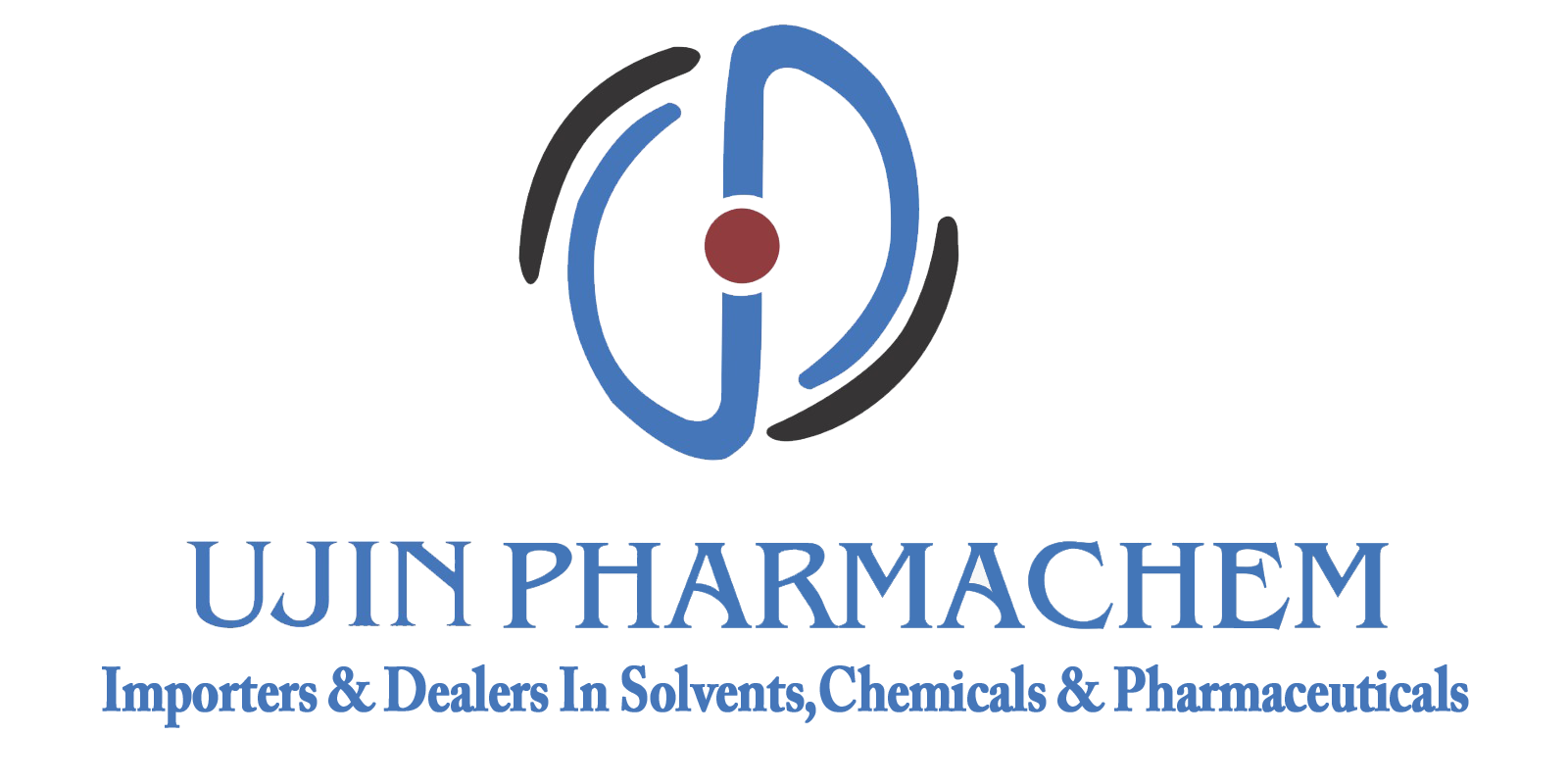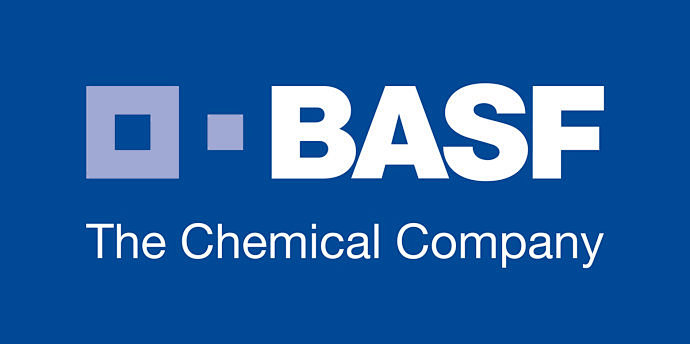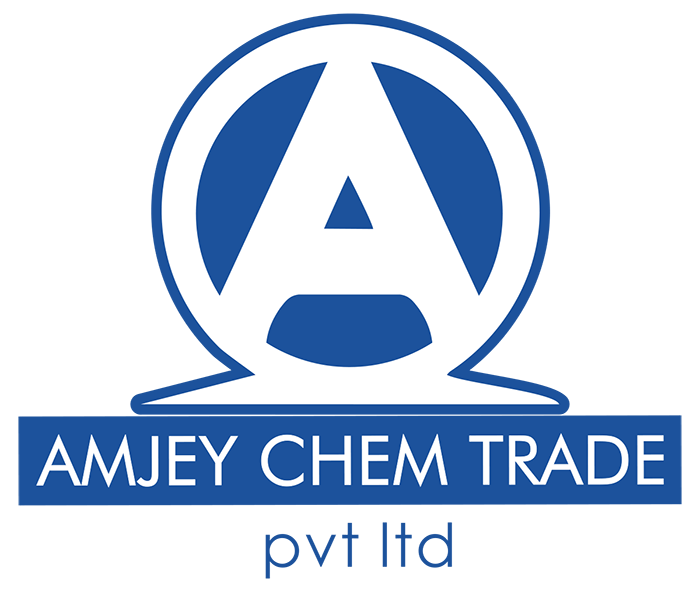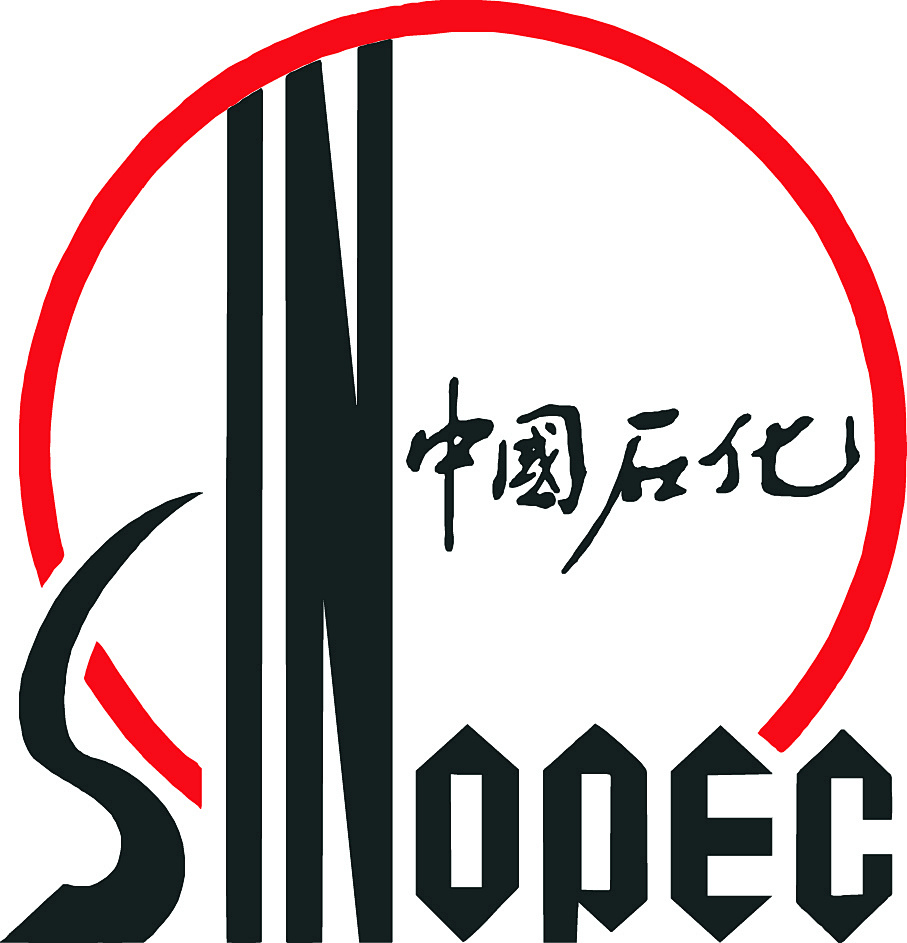
CHARACTER
urea, chemical formula CO(NH2)2, is a colorless or white crystal, melting point 132.7 ℃, is the main nitrogen-containing end product of protein metabolism in mammals and some fish. Urea is not only an important nitrogen fertilizer raw material, but also widely used in medicine, chemical industry, textile, food and other fields. In agriculture, urea, as a nitrogen fertilizer, can provide the nitrogen required for crop growth and promote crop growth; in the pharmaceutical industry, urea is used to treat certain skin diseases and as a diuretic; in the chemical industry, urea is used to produce urea-formaldehyde resin, melamine and other chemical products; in addition, urea is also used in the bleaching and dyeing process of the textile industry, as well as the preservative of the food industry. As a multifunctional chemical, urea plays an important role in the national economy.

APPLICATIONS
(1) Urea is used as nitrogen fertilizer in the agricultural field, and its nitrogen content is as high as 46%, which is the highest nitrogen content in solid nitrogen fertilizer. It is suitable for all kinds of soil and plants, easy to save and easy to use, the damage to the soil is small, is currently the use of a large amount of chemical nitrogen fertilizer.
(2) Urea is also an important chemical raw material in industry. It can be used to synthesize urea-formaldehyde resin, melamine, etc. These products are widely used in adhesives, coatings, plastics and other fields. In addition, urea can also be used in the manufacture of tetracycline, phenobarbital, caffeine and other drugs, as well as reduced brown BR, phthalocyanine blue B and other dyes and food additives such as monosodium glutamate.
(3) In animal husbandry, urea can be used as a feed additive for ruminants to improve their protein utilization. This is because microorganisms in the rumen of ruminants can use urea to synthesize the amino acids needed for their growth.
(4) Urea is also used in the field of environmental protection. It can be used as a vehicle urea to treat nitrogen oxides in exhaust gas from diesel engines and engines to reduce air pollution.
(5) In addition, urea also has certain applications in the field of medicine, such as the preparation of certain agents as a protein denaturing agent, or to improve the humidity of the skin and the separation of the stratum corneum. At the same time, urea also has a certain moisturizing effect, can be used for facial mask, skin care water and other cosmetics.

ABILITIES
1. Packing: bag, bulk cargo
2. Logistics: car transportation, shipping
3. Payment request: EXW/FOB/FCA/CFR only accepted
![]() +086 1911-7288-062 [ CN ]
+086 1911-7288-062 [ CN ]



































































































